Title: Formation of natural gypsum megacrystals in Naica, Mexico
Abstract:Exploration in the Naica mine (Chihuahua, Mexico) recently unveiled several caves containing giant, faceted, and transparent single crystals
of gypsum (CaSO4•2H2O) as long as 11 m. These large crystals form at very low supersaturation. The problem is to explain how proper geochemical
conditions can be sustained for a long time without large fluctuations that would trigger substantial nucleation. Fluid inclusion analyses show that
the crystals grew from low-salinity solutions at a temperature of ∼54 °C, slightly below the one at which the solubility of anhydrite equals
that of gypsum. Sulfur and oxygen isotopic compositions of gypsum crystals are compatible with growth from solutions resulting from dissolution of
anhydrite previously precipitated during late hydrothermal mineralization, suggesting that these megacrystals formed by a self-feeding mechanism
driven by a solution-mediated, anhydrite-gypsum phase transition. Nucleation kinetics calculations based on laboratory data show that this mechanism
can account for the formation of these giant crystals, yet only when operating within the very narrow range of temperature identified by our fluid
inclusion study. These singular conditions create a mineral wonderland, a site of scientific interest, and an extraordinary phenomenon worthy of
preservation. |
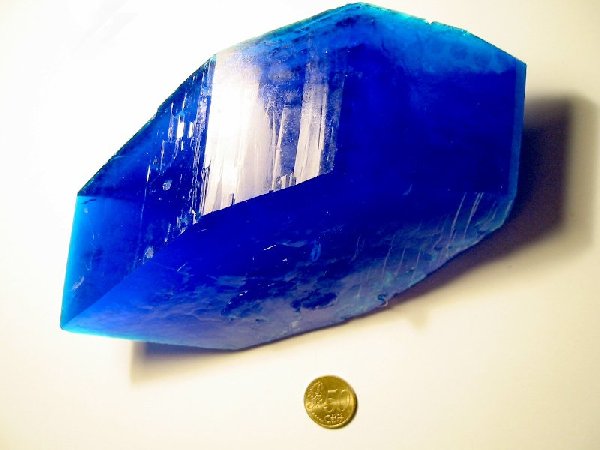

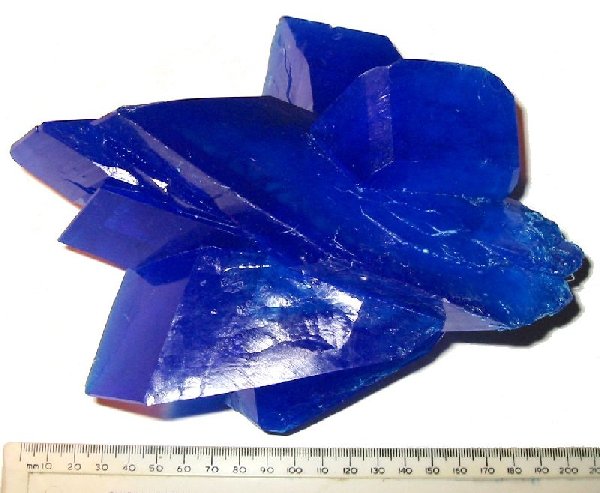







 1.3 kg! Each!!!!
1.3 kg! Each!!!!
 I gotta get one heavy duty autoclave! Do you have more
information on SiO2 crystals, i.e. how they are made commerically?
I gotta get one heavy duty autoclave! Do you have more
information on SiO2 crystals, i.e. how they are made commerically? 





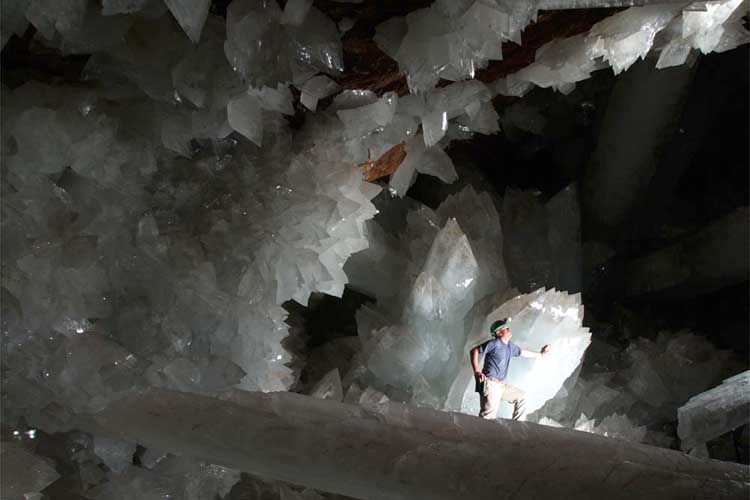
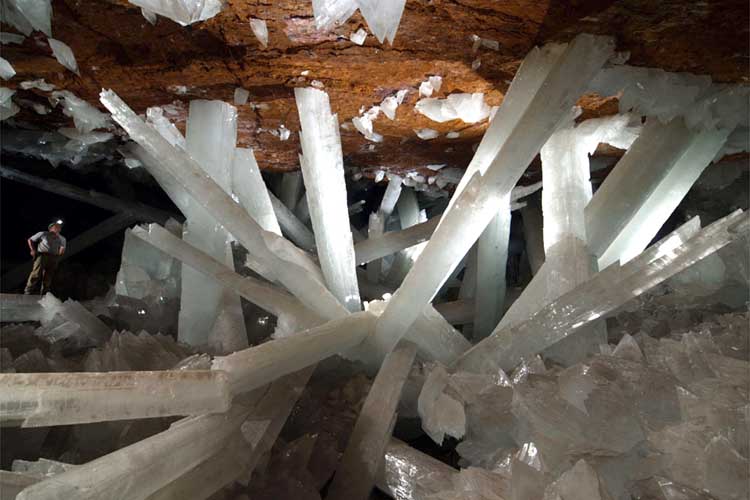
 . I would love to see them
in person.
. I would love to see them
in person.
 .
.



 Anyway heres the equation
if anyone wants it:
Anyway heres the equation
if anyone wants it:




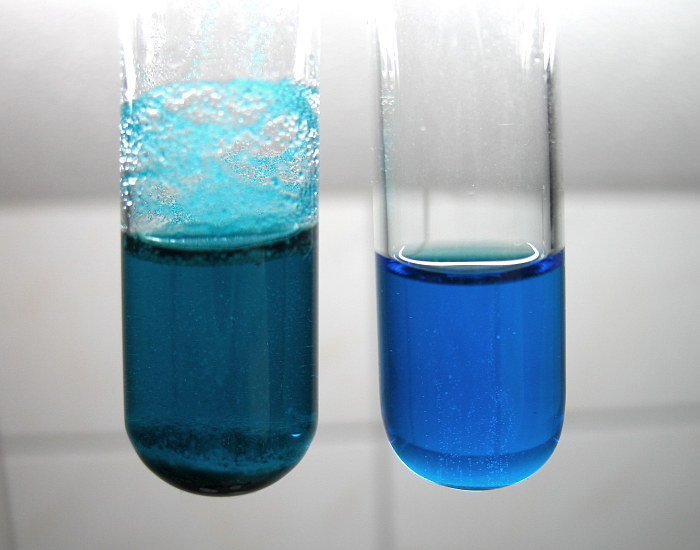
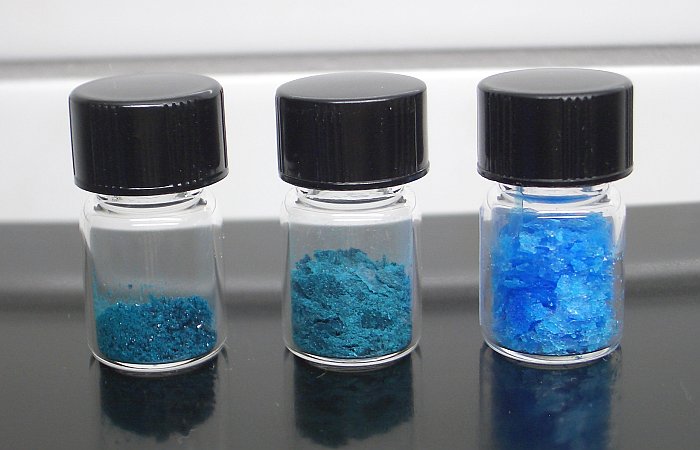
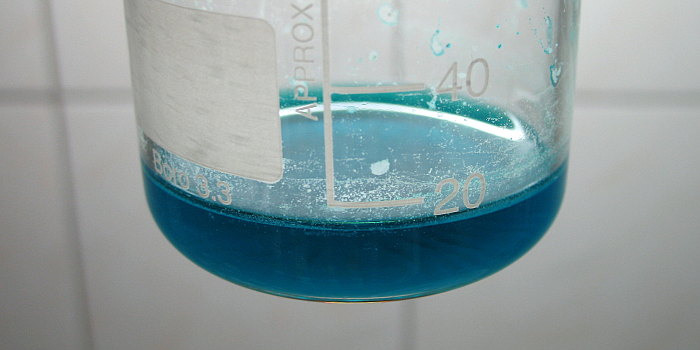
 What were your starting materials? What color are they? I.e., more
blue than green, more green than blue, or blue-green, etc. (I'm thinking the camera may distort this color somewhat.)
What were your starting materials? What color are they? I.e., more
blue than green, more green than blue, or blue-green, etc. (I'm thinking the camera may distort this color somewhat.)